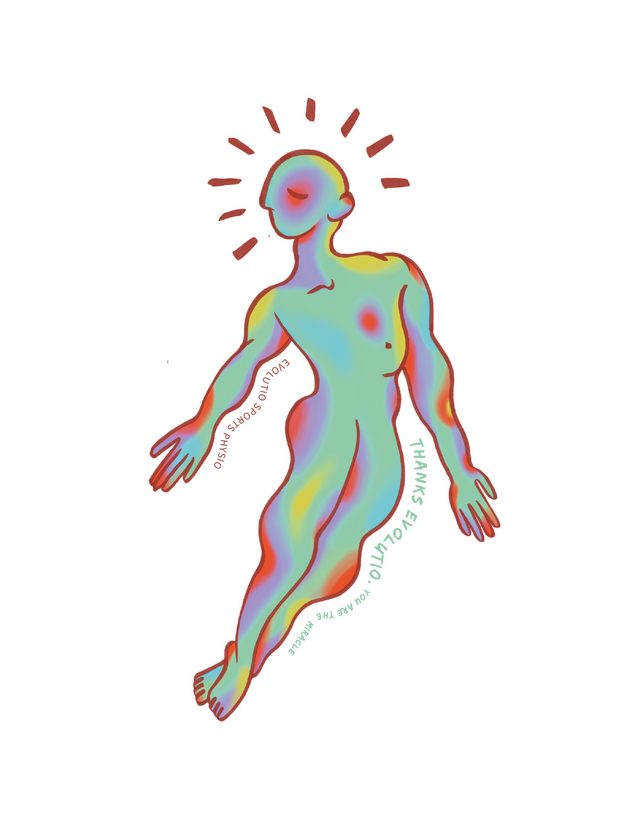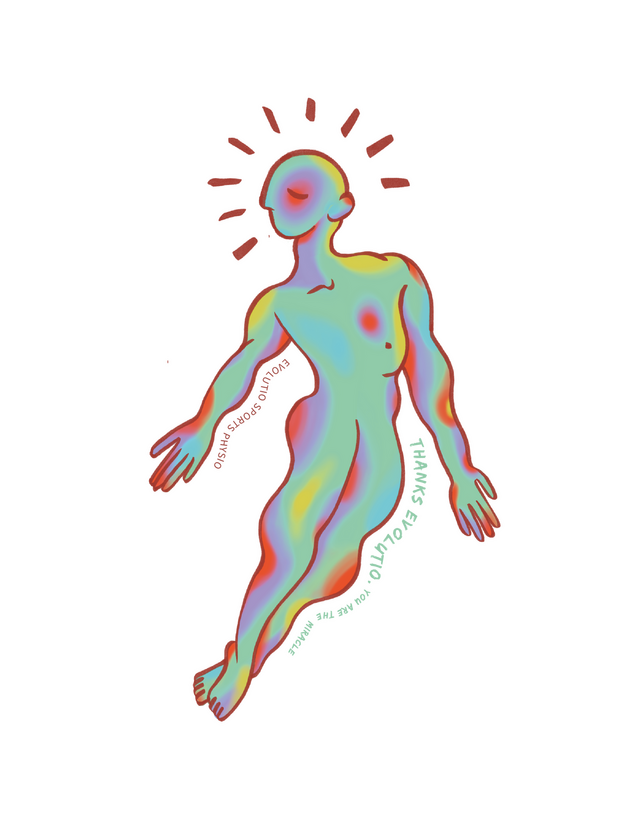What is Functional Movement?
Over the past few months, We at Evolutio have been thinking up an array of ideas that may improve individuals understanding of both basic and advanced movement principles.
We want to provide innovation in athlete education and continue to bridge the gap between therapists and athletes as we aid athletes participating in CrossFit®, Powerlifting and Olympic Lifting.
We want to do all of this, whilst exploring the underlying biomechanical reasons that certain cues are given by trainers in the gym environment whilst pitching out a few extra little idea’s that could go a long way to improve your movement deficiencies or niggles.
Functional Movement: We Need To Learn From Those Who Are Younger!
Functional. Someone or something that is able to fulfil their soul task. They are based on real world situation biomechanics, and according to many should involve multi-planar (forward, backwards, left and right), multi-joint movements.
Functional movement is innate to the nervous system in pre-programmed stages of development. It is these pre-programmed stages of development that lends to the picture above. Tell me, does anyone of you envy this child?
The toddler hinges at the hips, sitting back and down into a deep squat to grasp the cup, pulling it close to the body. The toddler powers through the hips, glutes and thighs in returning to the starting position. But how do we measure what is functional and what is not? What about innateness? What about Transferability? What about Sustainability?
Innateness is just that, innate. Is the movement essential in nature, is it inherent? Was the movement taught or does it seem to come naturally from birth. Transferability is based off of how much and how easy the movement in question can be transferred to other movements, daily tasks or sports for each individual. Tenacity is simply figured out by how well the movement does in the long run. Is it a sustainable movement pattern?
The next question that must be asked is why were you, as a young child able to accomplish a perfect squat or rolling pattern pain free? What activities over time have caused negative adaptation of your neurological, joint and muscular system? We will attack this question in future posts.
The final thought is asking you to define functional. Is it having a special activity, purpose or task? Is it a design to be practical and useful, rather than attractive? Or is Functional Movement simply movement that is not dysfunctional? Think about it and feel free to comment below.



